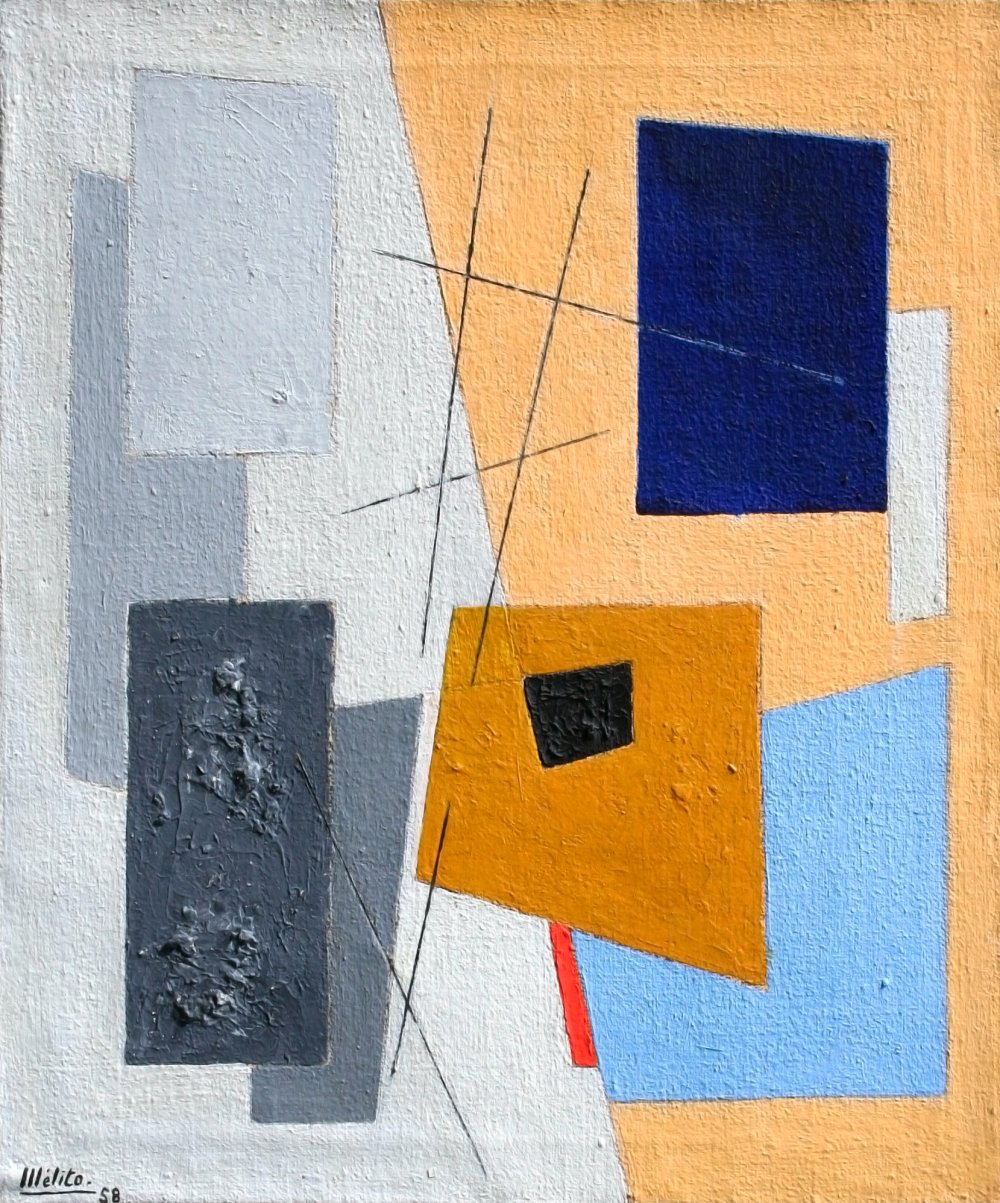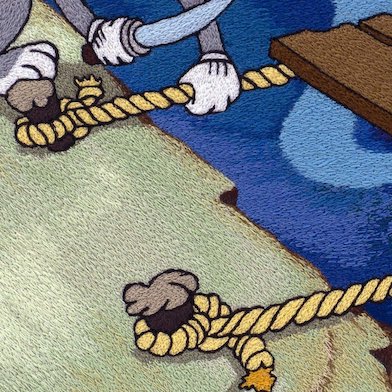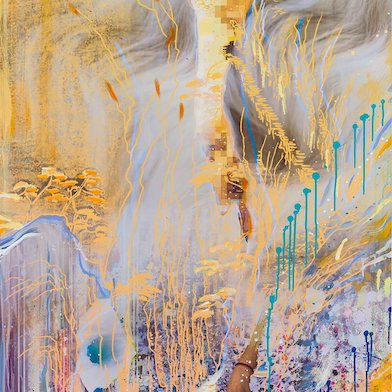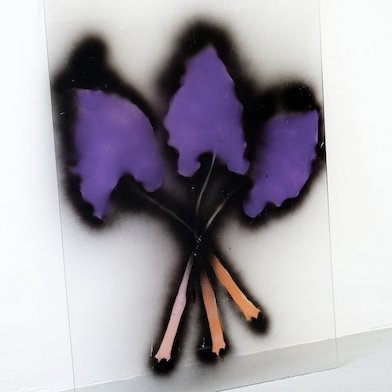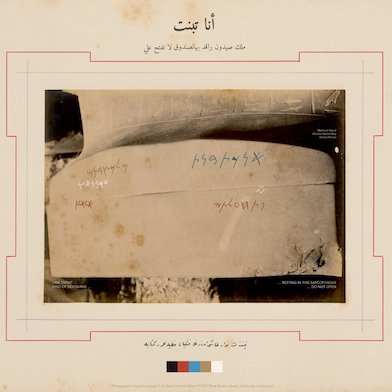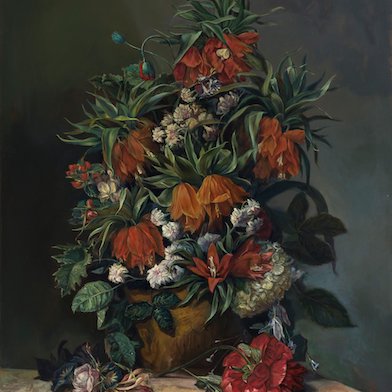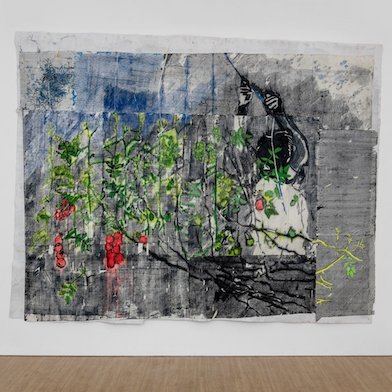Open: Mon-Fri 10am-6pm, Sat 11am-4pm
Visit
Liberté: Salon de Mai
Hanina Fine Arts, London
Wed 25 May 2022 to Sat 3 Sep 2022
21 Woodstock Street, W1C 2AP Liberté: Salon de Mai
Mon-Fri 10am-6pm, Sat 11am-4pm
Conceived as a celebration of the Liberation, the Salon de Mai came to represent “a beautiful eclecticism unsuppressed by dogma”, promoting universal harmony.
Artworks

Oil on canvas
970.0 × 1300.0 mm
Signed lower right, also signed and dated on reverse, 1956
Added to list
Done
Removed
Installation Views
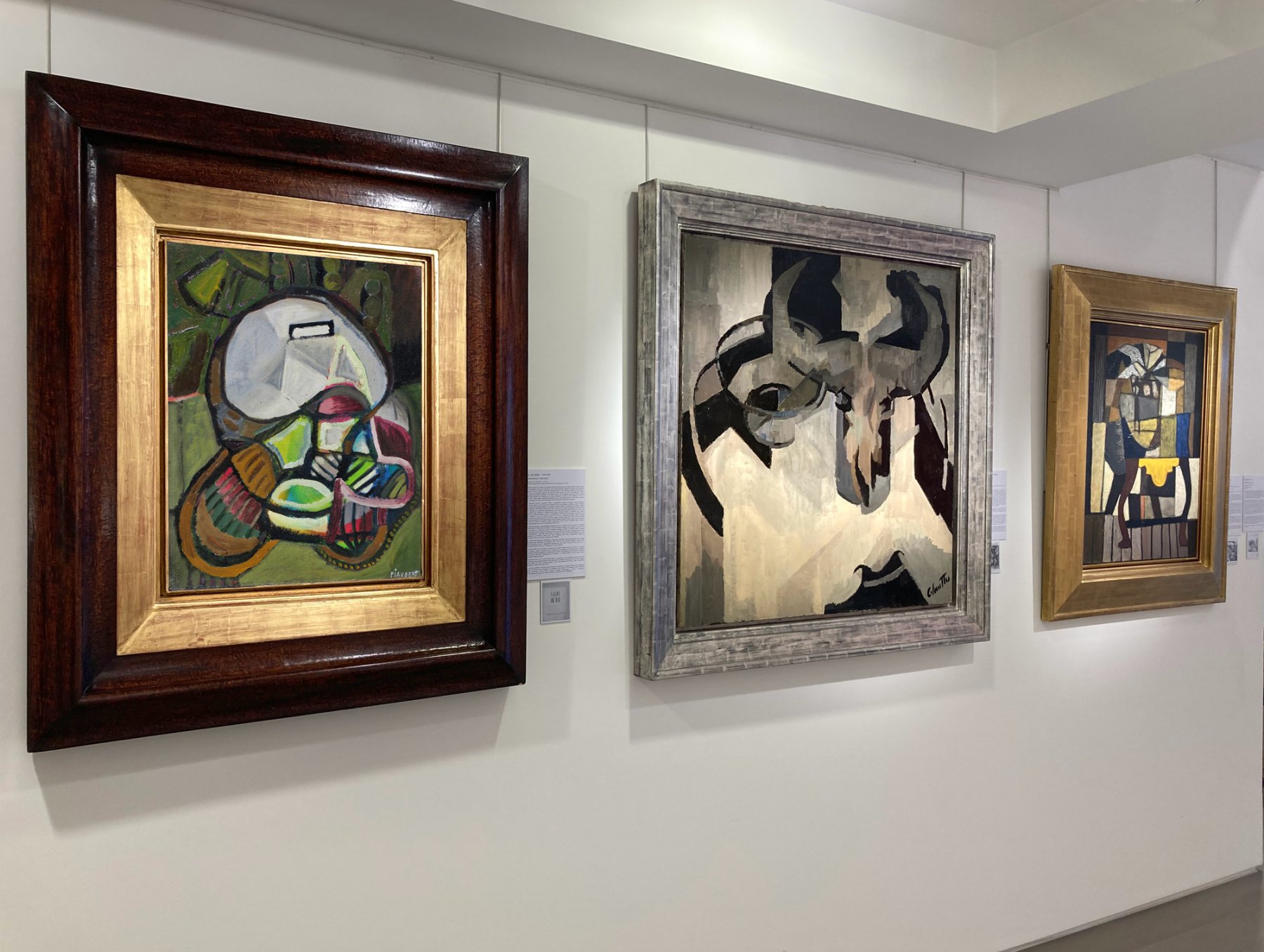
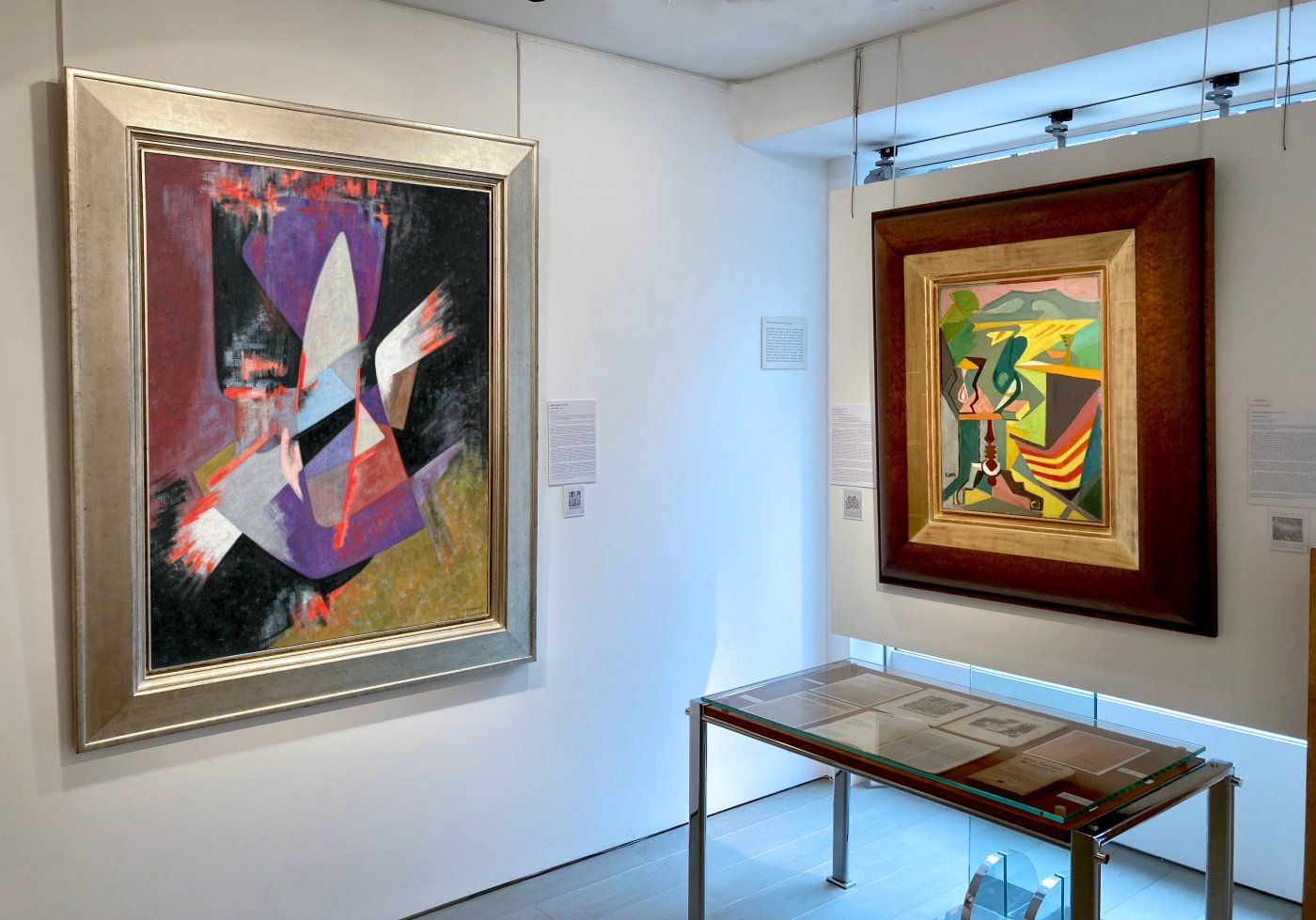
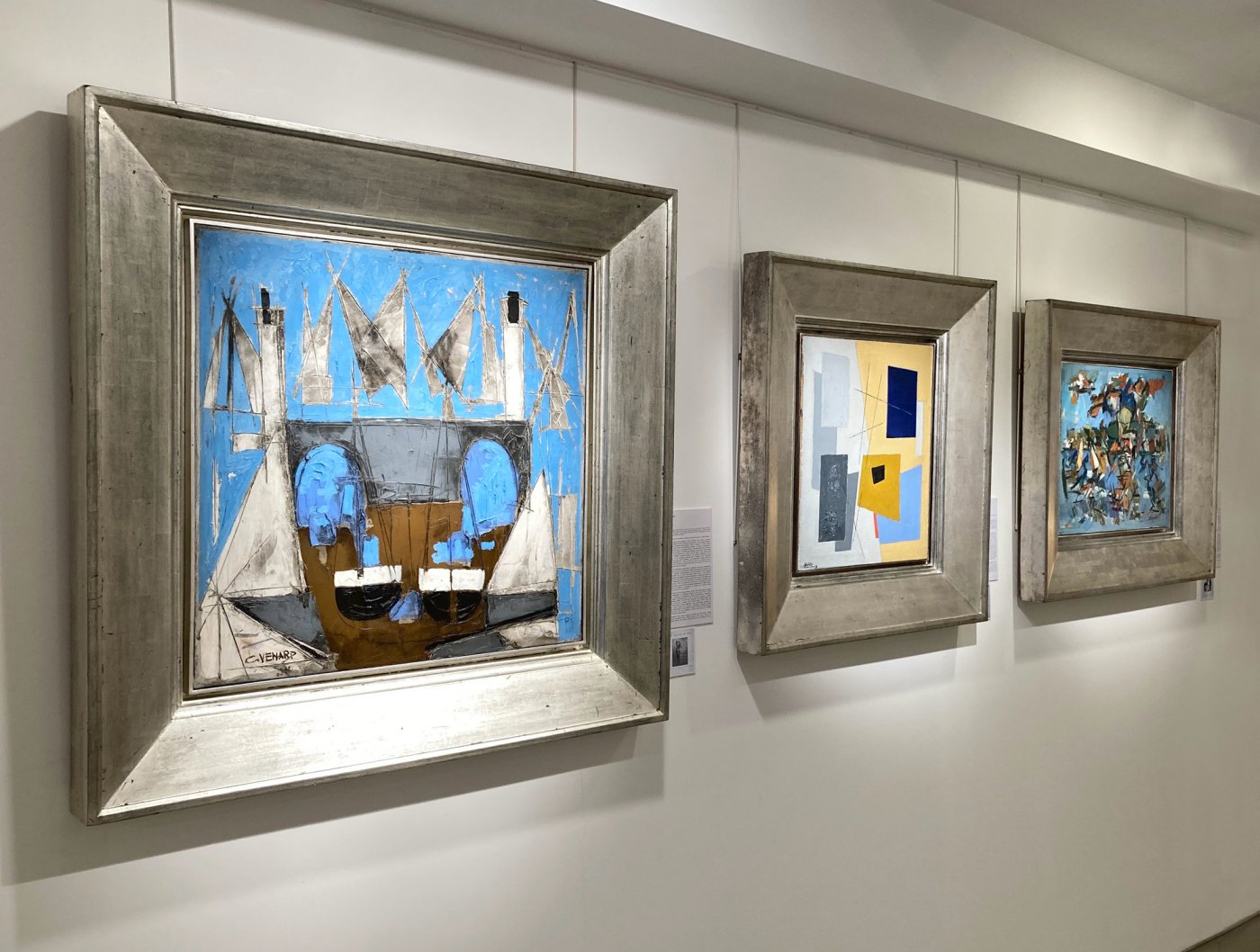
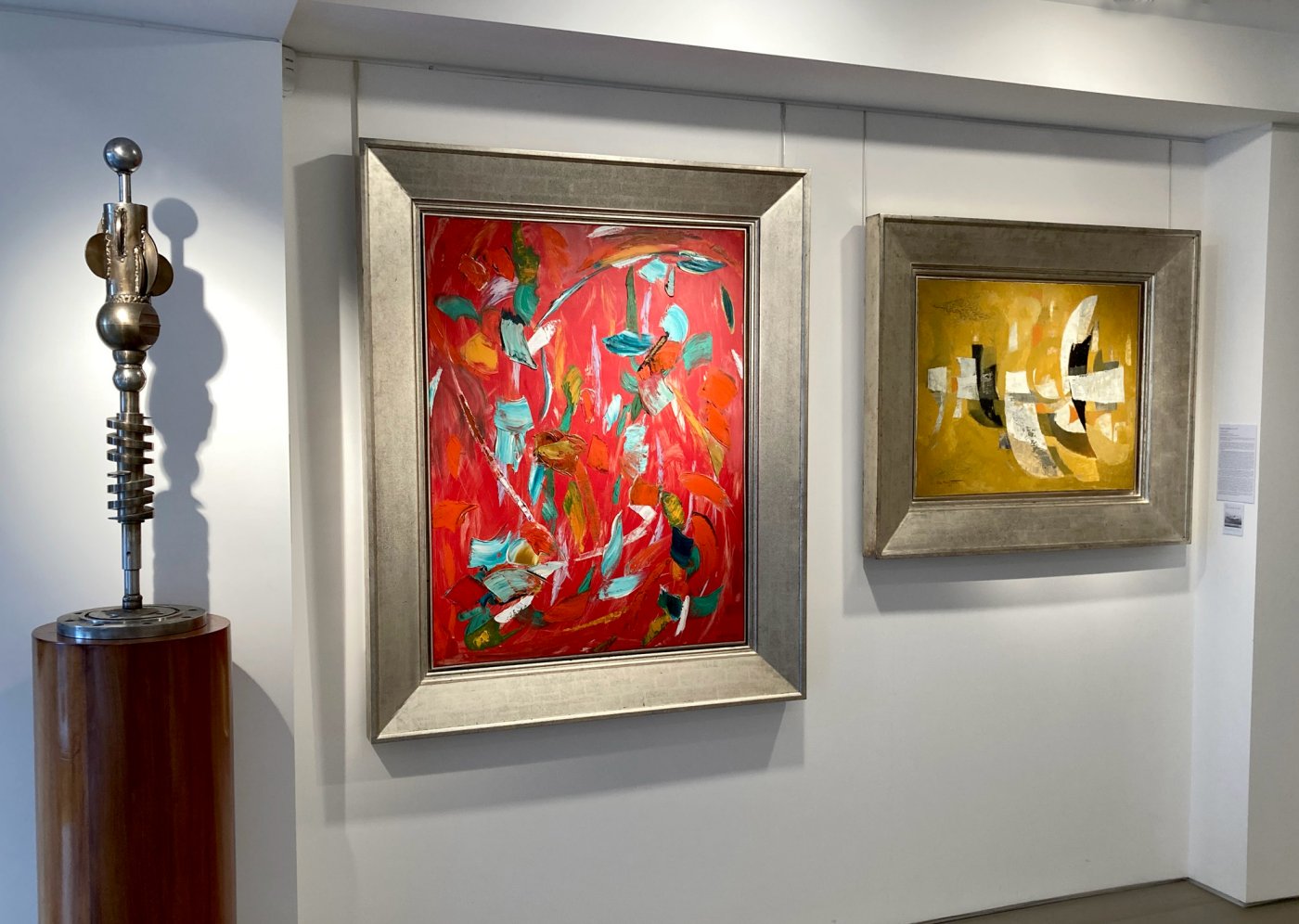
In 1943, during the Occupation, the art critic Gaston Diehl had been holding exhibitions pushing the constraints of the Nazi prohibition of Modern “Degenerate” Art, and allowed himself to imagine a celebration of liberation, taking the form of an exhibition of new art, a beautiful eclecticism unsuppressed by dogma, “without barriers and without limitations”, to enable “the spirit of creation to renew itself and become deeply integrated into the community”. It would come to be known as the “Salon de Mai”, the metaphorical Spring.
But this wasn’t just about Fascism, as the political landscape in France had become complicated by the growing support for the Communist Party who had gained widespread respect for its Resistance organisation, and controlled a significant proportion of the French media, leading to it nearly winning the 1945 election. It enjoyed the support of many artists, famously including Picasso and Leger, but itself was becoming increasingly dogmatic, denigrationg abstract art and advocating social realism.
Diehl had “become aware of the need to express a truly universal character” and his concept of the Salon de Mai was for art to trascend divisions and embrace all forms of expression. Later reflecting on the Salon de Mai’s aspirations, Diehl wrote: “Escaping the attitude of sectarianism, serving as a catalyst for exploration, and provide an international platform for the meeting across countries and generations to enable all valuable efforts to restore the essential unity of man and the world.”
Following the eventual Liberation of Paris in August 1944, the first Salon de Mai was held in 1945, at Galerie Pierre Maurs on avenue Matignon, with 58 artists. Along with Diehl the organising committee consisted of artists Henri-Georges Adam, Emmanuel Auricoste , Lucien Coutaud, Robert Couturier, Jacques Despierre, Marcel Gili, Léon Gischia, Francis Gruber, Jean Le Moal, Alfred Manessier, André Marchand, Edouard Pignon, Gustave Singier, Claude Venard and Roger Vieillard.
During the next few years the salon grew steadily, and in 1949 it was held at the Musée d’Art Moderne, which would become its home until 1968. As its reputation grew it drew an increasingly international range of artists, manifesting Diehl’s aspiration to nurture universal harmony through the exchange of creative expressions.
This exhibition at HFA brings together archive material and artworks by regular participants in the Salon de Mai, with a diversity of artistic styles in homage to its ethos of open exchange. Including Emile Gilioli’s geometric bronze “Paquier” which was exhibited in the 1952 salon; and founder member Henri-Georges Adam’s dynamic sculpture “La Pointe St Mathieu” which was exhibited in 1961; as well as Jean Piaubert’s 1946 painting “Composition Tortoise”; Nina Negri’s “Composition d’Oro” 1950; Gustav Bolin’s “Bleu et Rouge” 1968. Other artists include Jean Deyrolle, Henri Goetz, James Pichette, Claude Venard.
